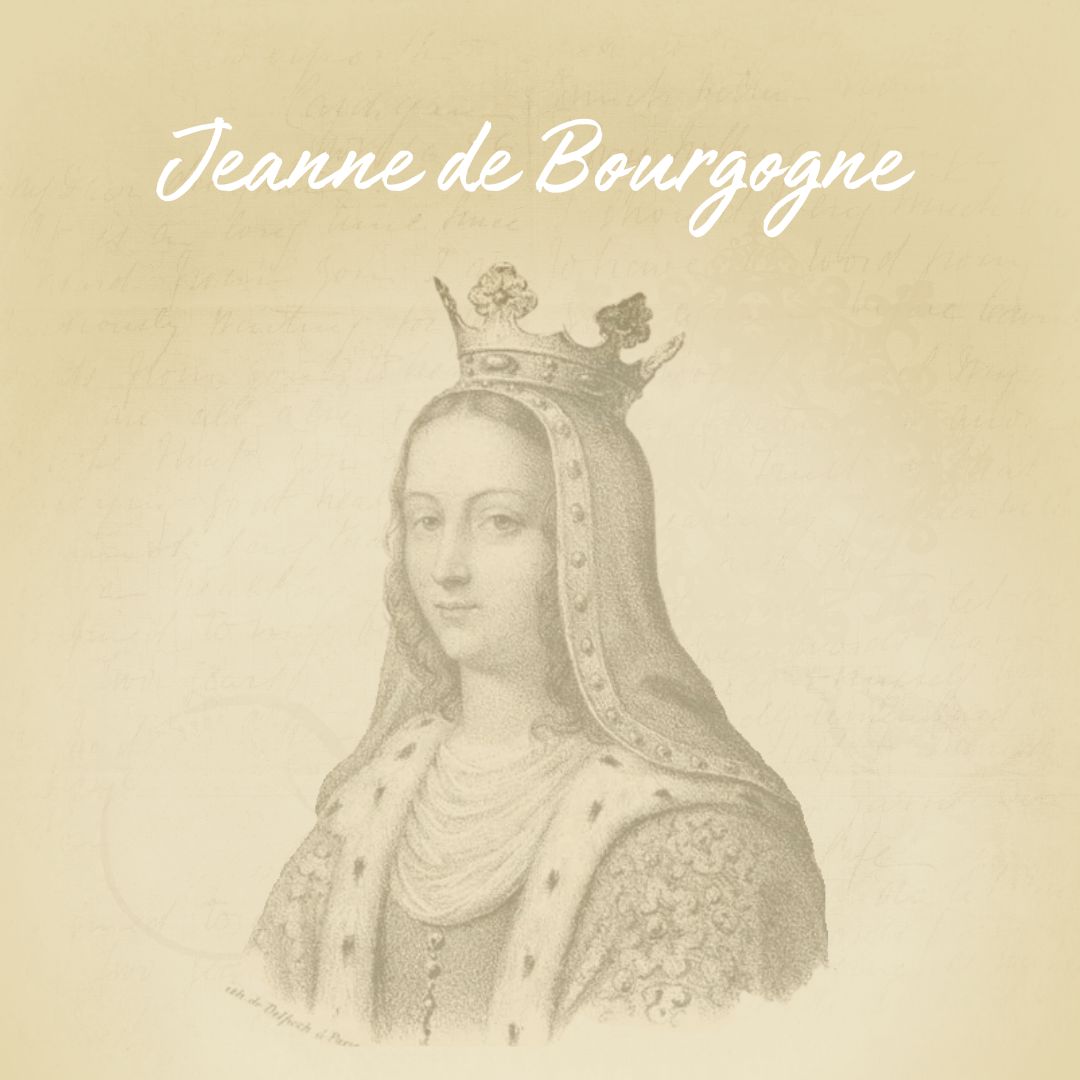The Introduction of Sericulture in France: From Louis XI to Henri IV
The history of sericulture in France is marked by two iconic figures of the French monarchy: Louis XI, who planted the first seeds of this industry, and Henri IV, who structured it and made it a major economic activity. This evolution is a prime example of how visionary initiatives can lay the foundations for industrial revolutions, even in the traditional context of medieval France and the Renaissance.
Louis XI: the beginnings of sericulture in France
Louis XI (1423-1483), known as the "Prudent," is often regarded as the precursor to sericulture in France. Inspired by Italy's success in this field, he sought to transplant this activity into France to diversify and enrich the kingdom. His actions, though modest at the time, proved pivotal for the future of silk production in France.
A strategic policy of importation
To lay the foundations of this industry, Louis XI encouraged the importation of mulberry trees and silkworms, two essential elements for developing sericulture. The king sent emissaries to Italy, especially to the regions of Tuscany and Lombardy, where this industry was flourishing, to acquire plants and silkworm eggs. He also invited Italian producers to settle in the south of France, particularly in Provence and the Rhône Valley, regions that benefitted from a favorable climate for sericulture.
Initial trials: A timid but promising start
Despite these early steps, sericulture remained a marginal activity under Louis XI's reign. The groundwork was laid, but silk production did not take off immediately. The lack of local expertise and the still-limited presence of mulberry trees restricted the success of the venture. The challenges were also due to the insufficient technical knowledge in France at the time, but Louis XI’s efforts opened the door for future developments.
Henri IV: the real expansion of sericulture
It wasn’t until over a century after Louis XI’s initial attempts that sericulture truly flourished in France under Henri IV (1553-1610). Henri IV was a pragmatic and dynamic king, and he revived and structured this activity with ambitious measures and a clear vision of its role in the French economy, that was to reinforce the independance of France and to stimulate its trade.
Royal decrees and the support of Olivier de Serres
In 1603, Henri IV issued a royal decree encouraging the massive planting of mulberry trees across the kingdom. This initiative was bolstered by the support of Olivier de Serres, a renowned agronomist who wrote the influential treatise Le Théâtre d’Agriculture et Mesnage des Champs. This work became a key reference in promoting mulberry cultivation and implementing suitable agricultural techniques.
Planting mulberry trees: a long-term endeavor
Under the king’s leadership, thousands of mulberry trees were planted in regions with favorable climates, such as Montpellier and the Rhône Valley. Henri IV did not merely promote planting; he set up structures to ensure the sustainability of the cultivation. A royal nursery was even established at the Tuileries near Paris to supply plants to farmers throughout the kingdom. This large-scale project aimed to ensure a steady and long-lasting supply to support the growth of sericulture.

Economic Incentives and the Exchange with Italian Craftsmen
Henri IV also introduced economic incentives to encourage farmers to take up sericulture. This included financial subsidies to cover the initial costs of planting and tax benefits for those who ventured into mulberry cultivation and silk production. At the same time, the king invited Italian craftsmen specializing in silk production to train local workers and share their knowledge.
These measures led to tangible results, with a significant increase in silk production in France. Lyon, already an important textile hub, rapidly became a major European center for silk weaving, and silk production became a key sector of the French economy. The benefits of this policy went beyond the industry itself, also helping to stimulate local economies and develop trade.
A mixed record, but full of promise
Although silk production remained limited for several decades, the combined efforts of Louis XI and Henri IV structured a nascent industry that laid the foundations for the development of sericulture in the 17th century and beyond. It wasn’t until the following century, with the rise of silk manufacturing, that France would become a world leader in silk production.
In conclusion, the history of sericulture in France, from Louis XI’s early initiatives to Henri IV’s transformative policies, is a fascinating example of how visionary ideas can thrive when economic and political conditions align. Louis XI embodies the role of the visionary, the one who imagines a better future, while Henri IV is the architect of this transformation, the one who provides the means to make this vision a reality. Together, they laid the groundwork for a thriving industry that would become one of France’s most important economic sectors.



Leave a comment
This site is protected by hCaptcha and the hCaptcha Privacy Policy and Terms of Service apply.